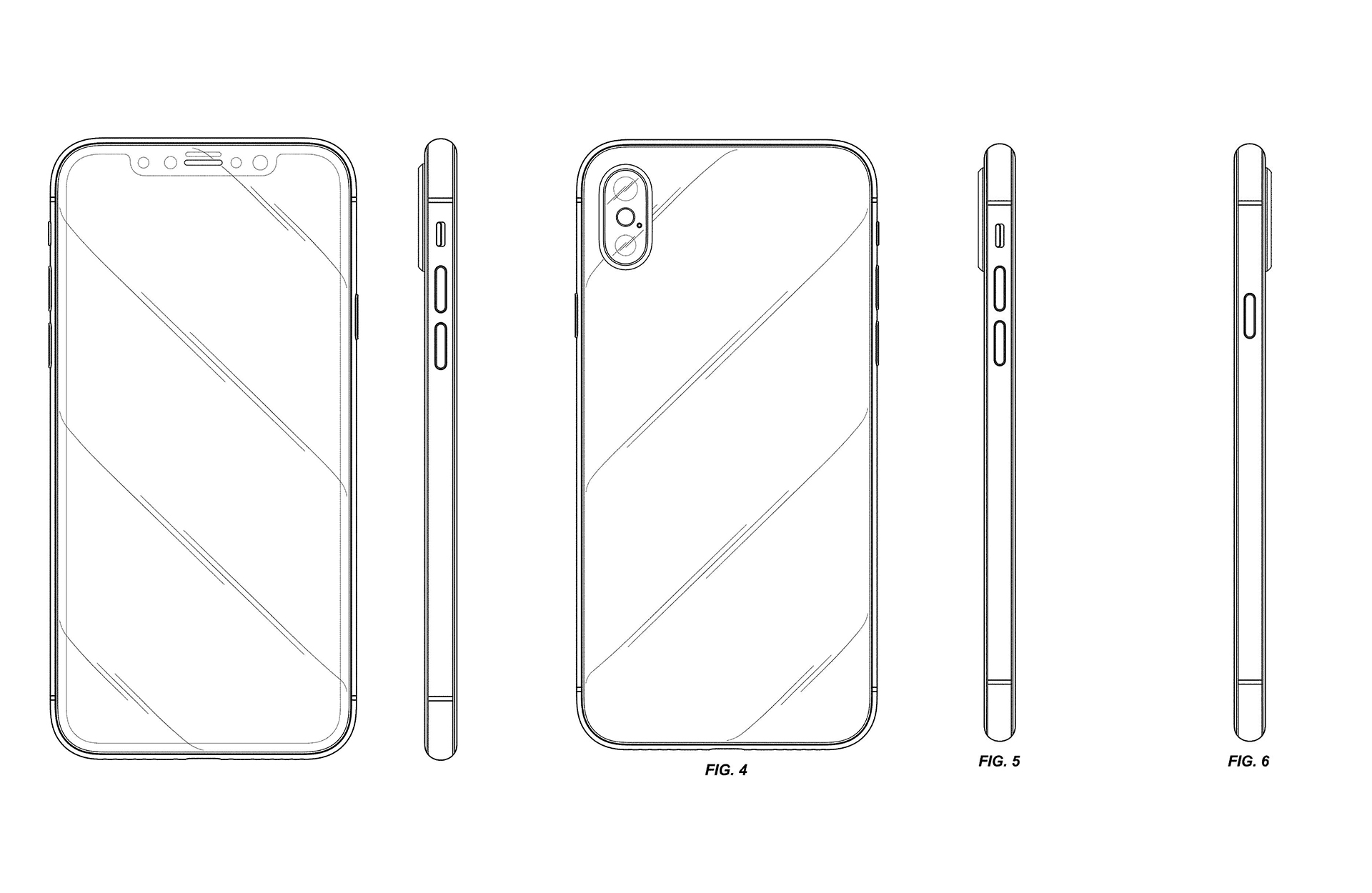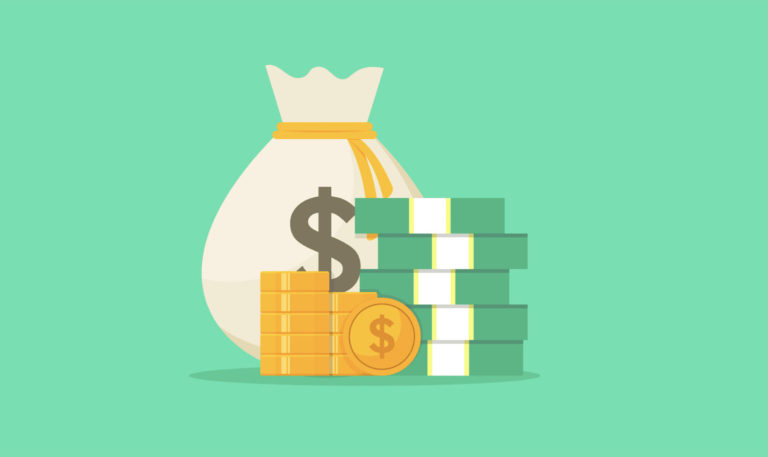What Do Design Patents Protect?
Whether you have a design that you want to protect with a design patent or you’re just wondering what design patents protect, you’ve come to the right place. We will explain the types of patents the patent office offers, as well as what does a design patent protect?
Design patents have proven to be very powerful, especially in recent times, this leads people to ask the question: what do design patents protect? We offer a detailed answer to this question below.
What Do Design Patents Protect?
Design patents protect how an invention looks and not how it works. They protect the aesthetics or appearance of an object. Design patents are often ignored because the protection they offer is significantly more limited than that of utility patents. That said, design patents allow inventors of new designs to stop others from copying, using, or selling the patented design for a limited period of time (usually 15 years for design patents).
Design patents only protect designs that are applied to an object. Design patents do not protect the object itself, they do not protect how the invention works. So by now, you might be wondering what utility patents protect? Utility patents protect how an invention works and how the invention is used by the end-user.
So, if you have nail clippers, a design patent may protect the unique appearance of the nail clippers, while the utility patent protects how the nail clippers work. Hopefully, this simple example helps puts things into perspective.
So, how does an inventor obtain a design patent? An inventor obtains a design patent by preparing and filing a design patent application with the USPTO (The United States Patent and Trademark Office). An inventor can only protect one design with each design patent application.
So, let’s use our nail clipper example. If an inventor has multiple nail clipper design that he wants to protect, he must use separate design patent applications to protect each unique design. Patent law does allow inventors to protect multiple variations of the same design, but note that trying to patent multiple variations of the same design with one patent application could cause a lot of trouble. As such, smart inventors only include one unique design per design patent application without any variations of the design.
That said, some inventions may qualify for both a design patent, as well as a utility patent. The design patent protects the appearance of the invention, while the utility patent would protect how the invention works.
Coming back to our nail clipper example. To protect the design of the nail clippers, an applicant would have to file a design patent application to protect the way the nail clippers work. Then, the applicant would have to file a separate utility patent to protect how the nail clippers work. Of course, to obtain both patents, an applicant will have to ensure that both the design and function meet the requirements for patentability.
What Qualifies For a Design Patent?
For a design to qualify for a design patent, the design must be novel (new), nonobvious, it must be attached to a physical object, and the inventor has to be the individual who invented the design. So, what does it mean for a design to be new? For a design to satisfy the novel requirement, the design must have never been patented before and not have been publicly disclosed.
The nonobviousness requirement requires a design to not be obvious. The obviousness of a design is judged by the patent examiner. The patent examiner determines whether an ordinary person familiar in the field of the design would have believed the design to be obvious. If the patent examiner determines that an ordinary person would have found the design to be obvious, the patent examiner may reject the design patent application.
The third requirement is that the design must be attached to a physical object, meaning that the design must be embedded into an object, such as a product, shirt, or other tangible items.
The fourth requirement is that the inventor actually is the individual who invented the design. An inventor cannot take someone else’s design and pass it off as their own. The inventor must be the person who created the design to be able to patent it.
How Long Do Design Patents Last?
How long a design patent lasts depends on when an applicant filed his design patent application. For patents that are granted based on an application filed on or after May 13, 2015, the design patent lasts for 15 years from the date the patent office granted the patent. For patents that are granted based on an application filed before May 13, 2015, the design patent lasts for 14 years from the date the patent office granted the patent.
For example, if an inventor filed a design patent application on May 30, 2015, and the patent office granted the patent on January 1, 2016, the design patent will last for 15 years from January 1, 2016. This means that the design patent expires on January 1, 2031.
On the other hand, if an inventor files a design patent application on May 10, 2015, and the patent office grants the patent on January 1, 2016, the design patent will last for 14 years from January 1, 2016. This means that the design patent expires on January 1, 2030.
Do Design Patents Expire?
Unfortunately for inventors, yes design patents do expire. As mentioned previously, design patents that were filed for on or after May 13, 2015, expire 15 years from the date the patent office grants the design patent application. For design patents that we filed before May 13, 2015, the design patent expires 14 years from the date the patent office grants the design patent application.
Can a Design Patent Be Renewed After it Expires?
Once a design patent expires, it expires for good. An inventor cannot renew a design patent that has expired. Once a design patent expires, the design patent falls into the public domain. So, others can use the design without breaking any patent laws. That said, if you want to use a design that was once protected by a design patent, make sure that the design is not protected by other intellectual property laws, such as U.S Copyright Law.
How Much Do Design Patents Cost?
In the United States, whether an inventor seeks a design patent or a utility patent, he should be ready to spend a decent amount of money protecting his invention. That said, design patents are significantly less expensive to obtain than utility patents.
Patent Rebel estimates that obtaining a design patent in the United States costs anywhere between $1,750 to $4,500. The cost difference in our estimate is based on how much the patent attorney you hire will charge you.
Here is a quick breakdown of the costs you should expect to pay to obtain a design patent.
- USPTO Filing Fees: $50 – $200
- USPTO Search Fees: $40 – $160
- USPTO Examination Fees: $150 – $600
- USPTO Maintenance Fees: No Maintenance fees for design patents
- Attorneys Fees: $1,500 – $3,500
Fortunately for applicants seeking a design patent, design patent holders are not liable for paying maintenance fees to keep their design patent as granted. Maintenance fees in the U.S only apply to utility patent holders. Maintenance fees cost thousands of dollars and have to be paid throughout the life of a utility patent.
Why Do Inventors Obtain Design Patents?
Inventors obtain design patents to protect their new and unique designs from being copied by others. Obtain a design patent over a design allows the design patent holder to stop others from using, copying, and selling the patented design for a limited period of time often referred to as the patent term.
If someone else uses or copies an inventor’s patented design, the design patent holder will be able to send them a cease and desist letter, asking them to stop selling or copying the infringing design. If the other party does not stop copying or selling your design, you can sue them for patent infringement in federal court. If you successfully prove patent infringement, you can obtain a court order, ordering the party that’s infringing on your design patent to stop its infringing use.
What Does a Design Patent Protect?
By now, you should know that a design patent protects how an invention looks. A design patent protects the appearance or aesthetics of an object. That said, a design patent does not last forever. Design patents typically last for 15 years, however, the patent term depends on when the design patent application was filed. If you need a refresh, check out the section above that talks about the design patent term expiration. A design patent is a powerful intellectual property right that an inventor can obtain to protect his design from being copied and used by others without the inventor’s express permission. That said, if you have any general questions or comments, please feel free to leave them in the comments section below.








